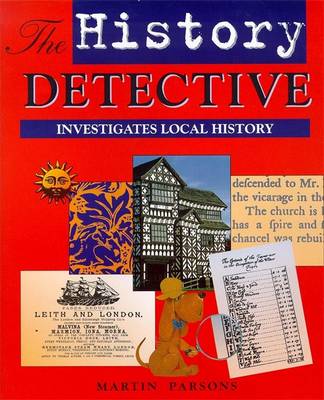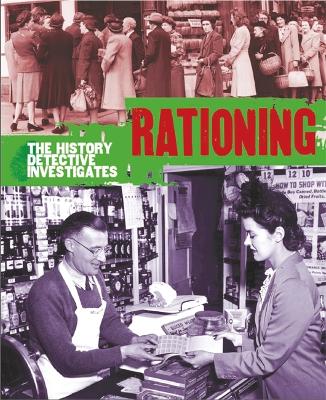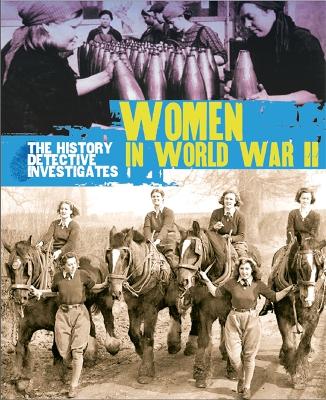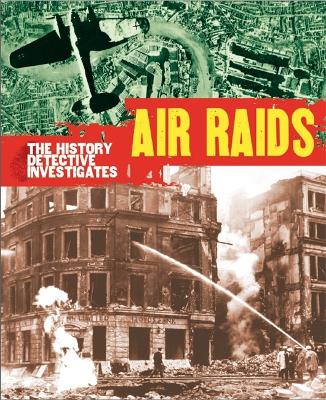The History Detective Investigates
5 total works
The History Detective Investigates: Rationing in World War II
by Martin Parsons
Why was there a shortage of familiar foods like bacon, butter and bananas? How did people make their rations go further? What did it mean to 'Dig for Victory'?
This book helps children at Key Stage 2 discover the answers to these and other fascinating questions by exploring real-life accounts, looking on the Internet and finding clues about what life was like when food and other supplies were rationed. The detective shows readers how to create their own project about rationing, discover what it meant to 'Dig for Victory' and find out how ration books worked.
Packed with fascinating information, The History Detective Investigates series inspires children's curiosity to find out more about the past. A great tool for readers age 8+ or teachers looking for books to support the new curriculum for 2014.
Why did so many women take up new jobs during WW2? What was the Women's Land Army? How did women serve in the armed forces?
This book helps children at Key Stage 2 discover the answers to these and other fascinating questions by exploring real-life accounts, looking on the Internet and finding clues about what life was like for women during WW2. The detective shows how to create a project on the lives of women living in Britain, discover information about the jobs women did in their local area and find out how the lives of women changed and were never the same again.
Packed with fascinating information, The History Detective Investigates series inspires children's curiosity to find out more about the past. Ideally suited for readers age 8+ or teachers who are looking for books to support the new KS2 curriculum for 2014.
The History Detective Investigates: Air Raids in World War II
by Martin Parsons
Where did people find shelter from bombs during World War II? What was the role of the wardens? Why did people wear gas masks?
This book helps children at Key Stage 2 discover the answers to these and other fascinating questions. It also recommends sites on the Internet and sources in local libraries where they can find out more about air raids during World War II. The detective shows readers how to create their own project looking at air raids, discovering what the role of the air raid warden was and how they were trained.
Packed with fascinating information, The History Detective Investigates series inspires children's curiosity to find out more about the past.




